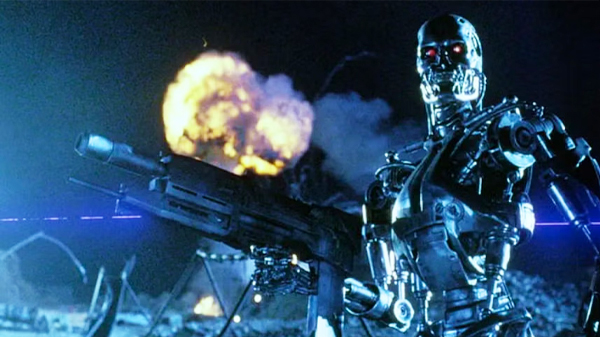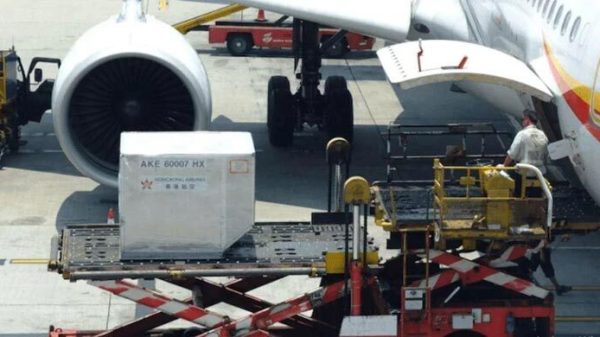The curious case of killer robots

- Update Time : Saturday, 11 November, 2023, 03:49 pm
- 131 Time View

Online Desk: Earlier this week, a report by BBC told the tale of a South Korean factory worker who had been “crushed to death by a robot”. As per the article, the robotic arm, which mistook the human worker for a box of vegetables, grabbed him, pushed his body against the conveyor belt, and crushed his face and chest. What a gruesome way to go.
Yonhap, a South Korean news platform, added that the 40-something-year-old factory worker was testing the robot’s sensors before its official test run in a pepper sorting plant in South Gyeongsang, a province in South Korea. Interestingly, the test run was initially scheduled for November 6 but was delayed due to apparent problems with the robot’s sensor. The same sensor that malfunctioned to the point of… killing a human being.
Robot-related worker fatalities are, surprisingly, nothing new. Let’s take a look at the history of ‘killer robots’ and what causes these unfortunate deaths.
A bloody history
Human deaths at the hands of robots stem back to as early as 1979. Reported to be the first human to be killed by a robot, Robert Nicholas Williams was a 25-year-old factory worker at Ford Motor Company’s Michigan Casting Center. He was one of the three operators of the factory’s parts retrieval system who operated a five-story robot built by a then-electronics manufacturer named Litton Industries.
The robot, designed to retrieve castings from storage shelves, included one-ton transfer vehicles with mechanical arms. Due to erroneous readings, Williams went to manually retrieve the parts and thus, climbed into the storage racks. While on the third level, he was suddenly struck and crushed by a transfer vehicle – leading to his immediate death.
Afterward, Litton Industries faced a lawsuit from Williams’ family, alleging negligence in design and failure to warn of dangers. In a 1983 jury decision, Williams’ estate was awarded $10 million, later increased to $15 million in 1984. Litton later settled with the estate without admitting negligence.
Litton also sought indemnification from Ford, claiming negligence for not providing training and allowing Williams to enter the rack without engaging the ‘lockout–tagout system’. The Michigan Court of Appeals denied the action, a decision upheld by the Supreme Court of Michigan.
Alarming statistics?
Larry Layne, a researcher from the National Institute for Occupational Safety & Health (NIOSH), examined data from the years of 1992 to 2017 in the official ‘Census of Fatal Occupational Injuries’. In his findings, he was able to identify a total of 41 robot-related deaths, of which 78% of the cases involved a robot or robot-controlled operation physically striking a human worker.
The findings also add some other notable statistics: among these 41 deaths, 83% were from stationary robots, with 46% of the total fatalities occurring in the US Midwest – which the data notes as “the use of robots in motor vehicle manufacturing in Michigan and Ohio”. Additionally, 29% of the victims were aged between 35 to 44 years.
The study in question described how modern public health professionals should be wary of recent robotics developments, so they can properly ensure the safety of human workers in robot-integrated workplaces. As many automobile and tech manufacturing firms are almost fully AI-run, NIOSH addressed that it is important to identify the patterns of these robot-related human fatalities and update existing guidelines to protect workers who are working with robots every day.
Where are we now?
AI naysayers might jump to the existing cases and statistics to claim the apparently undeniable danger that robots bring to humans. And, to some extent, they have a fair point. Why should humans create something that ends up killing them? After all, AI was made to help humans! However, it is important to keep in mind that almost, if not all, robot-related fatalities were due to either accident – stemming from negligence or ignorance – or very unfortunate malfunctions. While robot developers are definitely to be blamed for their machines’ malfunctions and glitches, who is at fault for the case of the accidents? It can be argued that factory owners and managers might be the culprit here, as they might not have sufficiently trained their workers on properly handling the AI tools – as was apparently the case with Robert Williams, the first victim of ‘killer robots’ in history.
Furthermore, it is crucial to acknowledge that as AI-powered machines become more integrated into our daily lives and industries, the potential for accidents increases. The rapid advancement of automation and robotics in sectors such as manufacturing, healthcare, and transportation definitely demands a closer examination of safety protocols and regulations to mitigate risks; so recent cases like the South Korean factory worker being crushed by a malfunctioning robotic arm don’t happen again.
While we are far from the fictional future where actual killer robots such as the T-800 from The Terminator movies roam the earth, the recent and alarmingly fast development of the AI industry means that now, more than ever, we need to arm ourselves with the proper safety guidelines and update AI safety laws for the betterment of humanity.
















